- Free shipping to mainland Spain for orders over 300€.
“Carregador de painel Victron Skylla GMDSS 24-30 excl - SDTG2400302” foi adicionado ao seu carrinho. Ver carrinho
Victron LiFePO4 lithium battery 51,2V 100Ah NG - BAT548110620
1.890,98€
TAXES INC.
- Rated voltage: 51,2 V
- Rated capacity at 25º: 100 Ah
- Number of cycles: 80%: 2500 cycles / 70%: 3000 cycles / 50%: 5000 cycles
- Maximum load current: 100 A (1C)
Product available for sale

Finance your purchase with Cetelem
Reference:
BAT548110620
Categories: 48V Lithium Batteries, Solar batteries
Details of the Victron LiFePO4 lithium battery 51,2V 100Ah NG - BAT548110620
Victron LiFePO4 lithium battery 51,2V 100Ah NG - BAT548110620
The Victron 51,2V 100Ah NG LiFePO4 lithium battery is a lithium iron phosphate battery, has an integrated shunt and has IP65 protection. Up to 50 batteries can be connected in parallel. The maximum energy storage for a system consisting of 50 Victron 51.2V 100Ah NG batteries is 256kWh.
The battery data (battery voltage, current and temperature) recorded by the shunt is transmitted to the NG BMS and evaluated by the BMS NG to calculate certain parameters and set alarms. The NG battery can be monitored via the VictronConnect App and the Bluetooth of the NG BMS or with the use of a GX device and the Victron VRM portal.
This LiFePO4 battery belongs to Victron's NG range, which also consists of 12.8V and 25.6V batteries of different capacities.
Victron 51,2V 100Ah NG Battery Specifications - BAT548110620
- Rated voltage: 51,2 V
- Rated capacity at 25 °C: 100 Ah
- Rated energy at 25 °C: 5120 Wh
- Loss of capacity: <1 % per 100 cycles, at 25 °C, with a depth of discharge of 100 % of usable capacity.
- Energy loss: <1 % per 100 cycles, at 25 °C, with a depth of discharge of 100 % of usable capacity.
- Full cycle efficiency: 92 %
- Battery connections: Screws M8 (For connecting cables with 8mm round cable lug)
- Cycle life (capacity ≥ 80 % of nominal):
- 80 % discharge: 2500 cycles
- 70 % discharge: 3000 cycles
- 50 % discharge: 5000 cycles
- Internal self-discharge: less than 3% per month at 25 °C.
- Dimensions: 235 x 648 x 162 mm
- Weight: 37 Kg
Discharge capacity
- Maximum continuous discharge current: 100A (1C)
- Maximum discharge current per 10s intervals: 200 A (2C)
- Voltage at the end of the discharge: 44.8 V (Minimum battery voltage).
- Internal resistance: 8 mΩ
Victron 51,2V 100Ah NG battery charging capacity
- Charging voltage: Between 56.00V and 56.8V
- Floating tension: 54 V
- Maximum continuous load current: 100 A (1C)
- Maximum load current per 10s intervals: 200 A (2C)
Working conditions
- Working temperature:
- Discharge: From -20 °C to +50 °C
- Load: +5 °C to +50 °C
- Storage temperature: From -45 °C to +70 °C
- Humidity (non-condensing): Max. 95 %
- Protection class: IP65
Victron NG Battery Overview
- Specific BMS for NG lithium batteries: A BMS compatible with the new NG series must be used, such as the Lynx Smart BMS NG 500 A or Lynx Smart BMS NG 1000 A (with M10 busbars). These NG BMSs must be purchased separately from the battery.
- Maximum number of batteries per BMS NG: 50 units (Maximum of 384 kWh).
- Separate measurements of each cell: Voltages and temperatures of each cell as well as battery current.
- Battery BMS interface: Male + female cable with circular M8 connector with high speed digital communication and 50 cm length.
- Bluetooth: The new NG batteries do not have Bluetooth. It is now built into the BMS of the NG series.
- Battery firmware updates: It is automatically updated by the BMS NG.
- Repairable: Yes (cover can be removed with screws).
- Safety standards:
- Cells: UL1973, UL9540A , IEC62619.
Installation and assembly of the Victron LiFePO4 battery 51,2V 100Ah NG
The following image shows the dimensions of the Victron 51,2V 100Ah NG battery:
Victron 51,2V 100Ah NG battery mount:
- It can be mounted vertically or on its side, but never with the terminals facing downwards.
- You have two optionsis for fixation: with straps or mounting brackets.
- Mounting brackets secure the battery so that it cannot slip or tip over.
- Install indoors and in a dry place.
- The battery weighs 37Kg, suitable handling equipment must be used for transport.
- A space of 2 cm should be left on all four sides of the battery to allow for ventilation (as the battery heats up during charging and discharging).
- Pay attention to polarity when connecting the terminals. The screws are tightened with a torque of 10 Nm, using a tool suitable for the size of the screw head. The picture below shows how to connect the wires:
- The installation of an NG BMS is mandatory: Lynx Smart BMS NG 500 A or Lynx Smart BMS NG 1000 A (purchased separately).
- The BMS automatically manages all battery parameters. It detects the system voltage and the number of batteries connected in series, in parallel and in series/parallel combination.
- To monitor the installation, you need the BMS NG (with integrated Bluetooth) and the VictronConnect App or a GX device and the Victron VRM portal. You can view lithium battery parameters such as cell status and voltages and current and temperatures, all in real time.
Connection of the BMS NG
- Each NG battery has two cables to communicate with the NG BMS. One has a three-pole male connector and the other a three-pole female connector. Depending on the NG battery, the BMS cables can be located on the same side or on both sides of the battery.
- These cables have a length of 50cm but can be extended with extension cables.
- With a single NG battery, the cables are connected directly to the NG BMS.
- In multi-battery systems, all BMS cables are daisy-chained and the first and last cables are connected to the BMS NG.
Cable cross-section and fuses required to install the 51,2V 100Ah NG lithium battery.
Batteries can produce very high currents, so all electrical connections to the battery must be fused appropriately for the size of the cable. And the battery cables must be sized to carry the maximum current expected in the system.
For more information on how to dimension, see the guide "Wired without limits". You can also install the Victron Toolkit App to calculate the cable cross-section you need for your installation.
Cable recommendations to be used for a distance of 2m between battery and inverter:
- For this 51,2V 100Ah lithium battery: minimum 6mm section.
How to fit fuses
Parallel connection:
- A total of 50 lithium batteries can be connected per BMS NG.
- The fuse of each lithium battery is placed on the positive side.
- The cables of the DC system are connected diagonally.
- The cable cross-section of the system shall be equal to the cable cross-section of the chain multiplied by the number of chains.
- There are as many strings as the number of batteries in parallel.
- The fuse is placed in the main positive cable leading to the battery bank.
Charger settings
-
- Absorption voltage: 56.8 V.
- Absorption time: 2 hours.
- Floating voltage: 54.00 V.
- For more information see the section "First charge of the lithium battery".
Use the checklist available in the manual (link at the end of the sheet) to check all connections and wiring of the system once the installation is complete.
Example of a Victron NG battery installation
The picture below shows an example of a typical system installation of an NG battery and an NG BMS:
This installation consists of:
- One charger and one charge.
- Solar panels.
- Smart Solar MPPT charge controller.
- Inverter Multiplus II.
- Cerbo GX MK2 monitoring
- VictronConnect App.
- Lynx Smart BMS NG 500 A.
- Lynx Class-T power in (M10).
- Lynx Distributor (M10).
- Victron NG lithium battery.
List of materials required for the installation of the Victron 51,2V 100Ah NG battery
- As mentioned in the section "Installation and assembly", the BMS NG is mandatory:
- Lynx Smart BMS 500 NG (M10) Victron - LYN034160310
- Lynx Smart BMS 1000 NG (M10) Victron - LYN034170310
- The battery is fitted with 50 cm long BMS cables, 1m, 3m or 5m extension cables can be purchased if required: Victron cable with 3-pole male/female M8 circular connector 3m - ASS030560300
- Monitoring can be done with the VictronConnect App via the Bluetooth connection of the BMS NG or by installing a GX device: Victron Cerbo GX MK2 Monitoring - BPP900451100 and with the Victron VRM portal. With the VRM portal, monitoring can be done remotely.
- A screen can also be added to the installation: Monitoring Victron GX Touch 50 - BPP900455050. To see all the information in real time without the need to connect to anything.
- The advantage of having a GX device installed is that you can monitor the installation from anywhere and at any time from the VRM portal. The option of using the VictronConnect App is limited to the Bluetooth range of the BMS NG. In addition, the app must be open as it does not run in the background.
First lithium battery charge
Lithium batteries come from the factory with a charge of approximately 50%. But not all batteries have the same state of charge at the time of installation due to conditions during transportation and storage. When batteries are connected in parallel they can be charged as a unit, so there is no need to charge or balance them before connecting.
Loading process:
- It is necessary to configure the charging profile in the charger with the recommended settings:
- It must be a 48V charger and must have a profile for charging LiFePO4 batteries or the possibility to make a custom profile.
- Absorption voltage: 56,8 V
- Absorption time:
- Minimum 2 hours per month for systems with little operation, such as auxiliary applications or UPS.
- Between 4 and 8 hours per month for systems with high usage (stand-alone or ESS type).
- Floating tension: 54,00 V
- Values that not all chargers have:
- Storage mode: same value as the buoyancy stress.
- Initial charging voltage: same value as the absorption voltage.
- No temperature compensated charging is required for lithium batteries. Set the value of this parameter to: 0mV/°C.
- A charging current of 0.5C is recommended. In the case of this 100 Ah lithium battery, the charging current would be 50 A.
- The battery, the BMS NG and the charger must communicate with each other. To check this, disconnect one of the cables from the battery to the BMS NG and see if the charger switches off. When you reconnect the cable, the charger should turn on.
- Turn on the charger and check that it charges the battery.
- If, during charging, there is any imbalance between the battery cells, it is possible that the BMS NG will repeatedly switch the charger off and on. This pattern will repeat itself until
that the cells are balanced and the charger will not switch off until the battery is fully charged.
- If, during charging, there is any imbalance between the battery cells, it is possible that the BMS NG will repeatedly switch the charger off and on. This pattern will repeat itself until
- The battery is fully charged when the battery charger has reached the float state and the cells are in the "balanced" state. If the state of the cells is "unknown" or "unbalanced", the battery charger will restart several times until it is "balanced".
Battery management system (BMS NG)
When the firmware of the BMS NG is updated, the firmware of the battery is automatically updated as well. This is done via the VictronConnect App or via the VRM Portal. The App must be kept up to date so that it has the latest firmware version.
Functions performed by the BMS NG:
The BMS NG can control loads and chargers in two ways:
- Sending an electrical or digital on/off signal to the charger or load.
- By physically connecting or disconnecting a load or charging source from the battery. Directly or by using a BatteryProtect or a Cyrix Li-ion relay.
The Lynx Smart BMS NG is used in systems containing DC loads and AC loads via inverters or inverter/chargers, for example in boats or caravans. This BMS NG is equipped with a contactor that disconnects the DC system, a "load disconnect", a "load process disconnect", a "pre-alarm" contact and a battery monitor. It can also be connected to a GX device and Victron Energy compatible control equipment via DVCC.
- In case of low cell voltage, the BMS NG will send a "load disconnect" signal to switch off the load(s).
- Before shutting down a load, it will send a pre-alarm signal indicating impending low cell voltage.
- In case of high cell voltage or low or high battery temperature, the BMS NG will send a "load disconnect" signal to switch off the charger(s).
- If the batteries are further discharged (or overcharged), the contactor will open, effectively disconnecting the DC system to protect the batteries.
Victron NG LiFePO4 battery operating conditions
- The discharge must be made from -20 °C to +50 °C:
- If the temperature is 0°C or below: the discharge current must be reduced to 0.5C.
- If the temperature is higher than 35 °C: the discharge current must also be reduced.
- Charging should be done from +5°C to +50°C:
- If the temperature is 15 °C or below : the charging current must be reduced to a maximum of 0.3C.
- If the temperature is higher than 35 °C: the load current must also be reduced.
Maintenance
- Total discharge should be avoided.
- Avoid shutting down the system when the BMS NG pre-alarm is activated.
- If the BMS NG deactivates the loads, the batteries must be recharged immediately. The batteries should spend as little time as possible in a deeply discharged state.
- The charging process should continue until the state is "balanced" for each battery in the system.
- If the system is to be unattended for a period of time, leave the batteries charged or make sure they are (almost) full, and disconnect the DC system from the battery.
Battery storage
- Store in a cool (optimum temperature +25 ±5°C) and ventilated place.
- Avoid direct sunlight, high temperatures and high humidity.
- Maintain an adequate distance between the walls and the battery to ensure proper ventilation.
- Store the battery in plastic or non-conductive trays.
- In case of long-term storage:
- Never store upside down.
- Charge the battery at 40-60 % initially and check the open circuit voltage monthly.
- Charge immediately if the voltage drops below 3.0 V/cell.
- The battery should be charged at least once every six months.
Victron LiFePO4 Lithium Battery 51,2V 100Ah NG - BAT548110620 manual and datasheet
If you still have any doubts, here you have the manual and the technical data sheet of this LiFePO4 lithium battery:
View manual Victron LiFePO4 lithium battery 51,2V 100Ah NG - BAT548110620
See technical sheet Victron LiFePO4 lithium battery 51,2V 100Ah NG - BAT548110620
Weight and dimensions
| Weight | 37 kg |
|---|---|
| Dimensions | 23,5 × 64,8 × 16,2 cm |
User feedback
Be the first to review "Victron LiFePO4 lithium battery 51,2V 100Ah NG - BAT548110620" Cancel reply
You must be logged in to post a review.

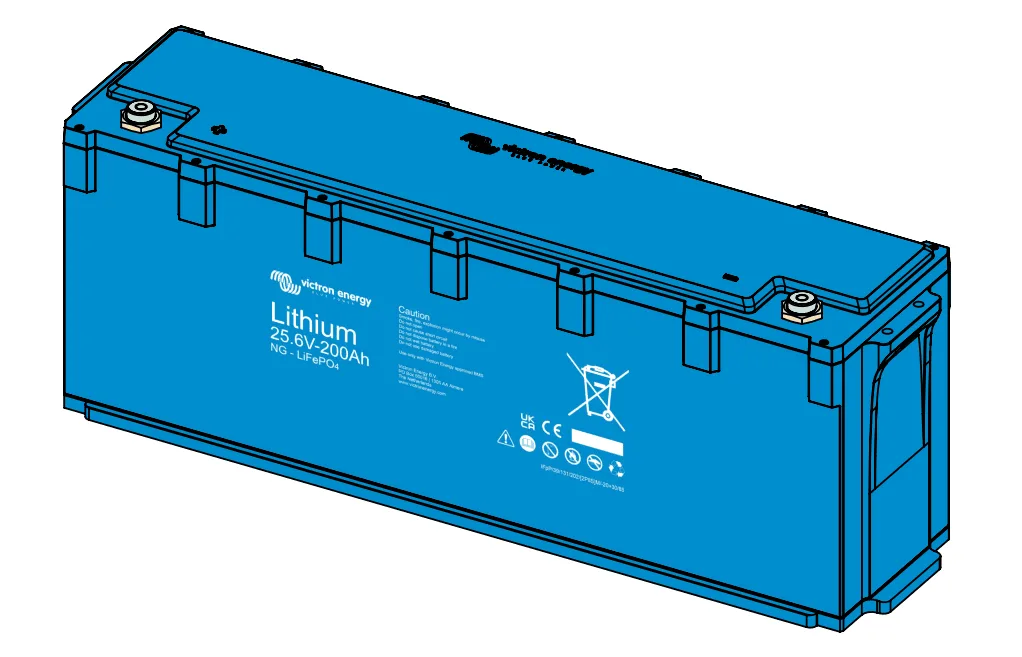
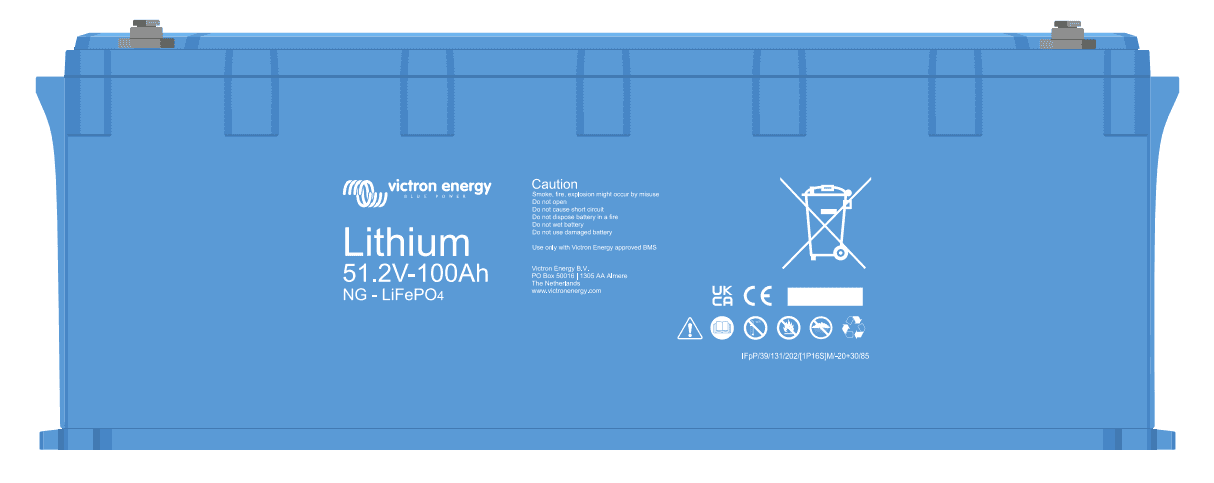

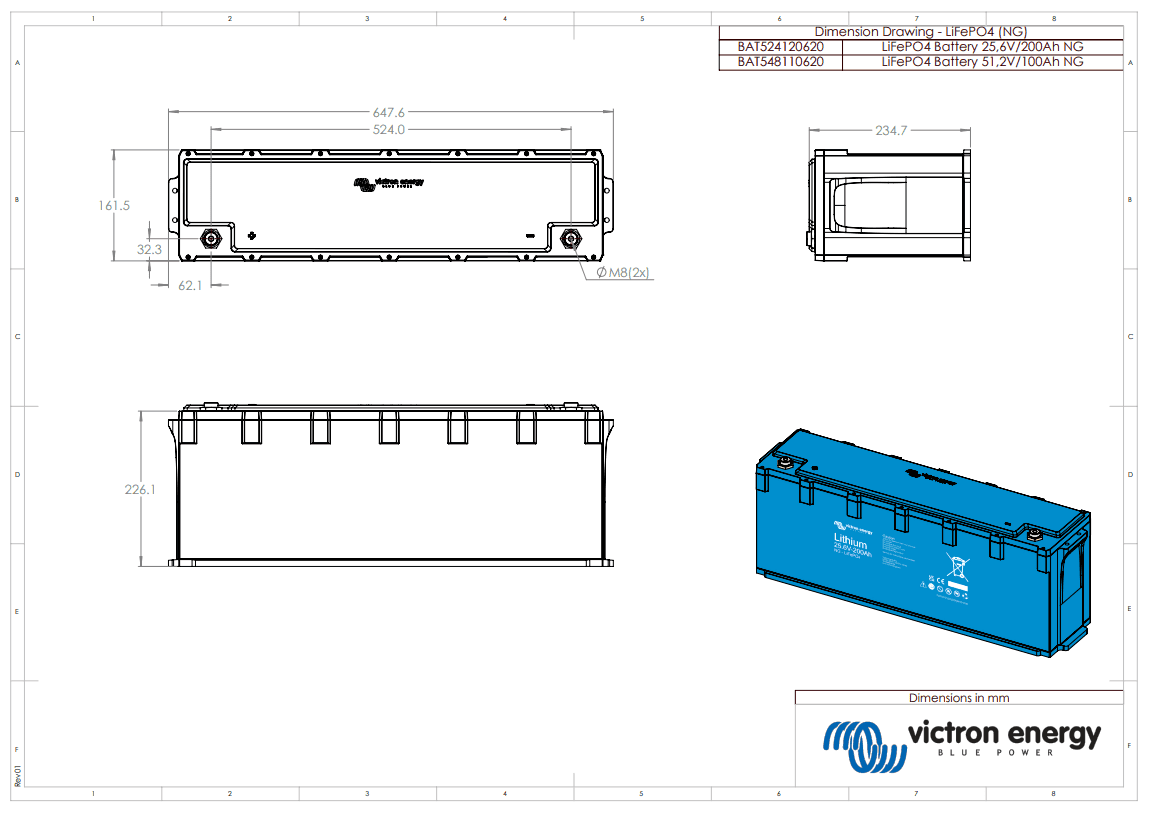


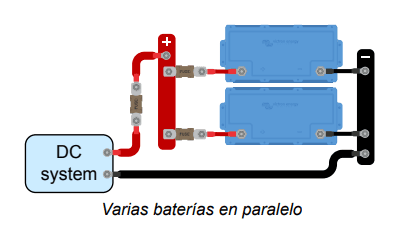
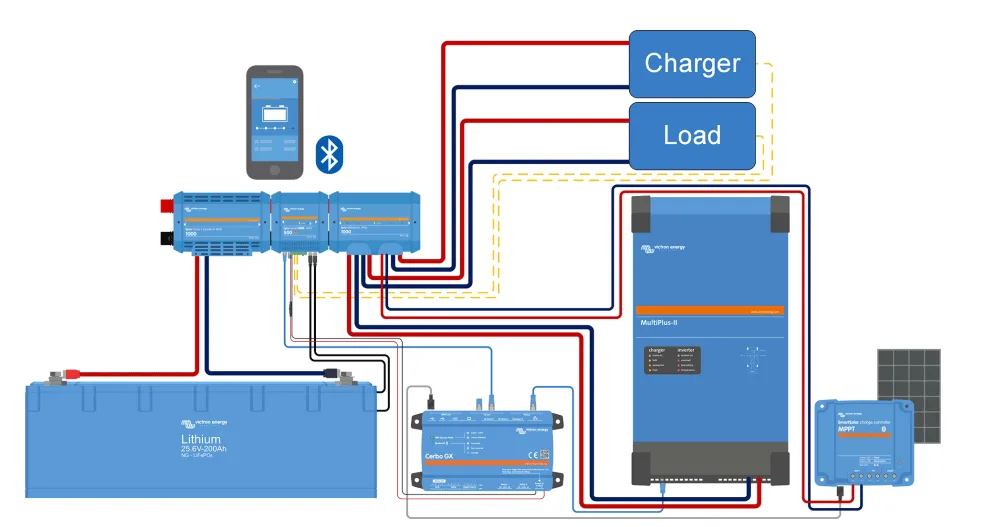

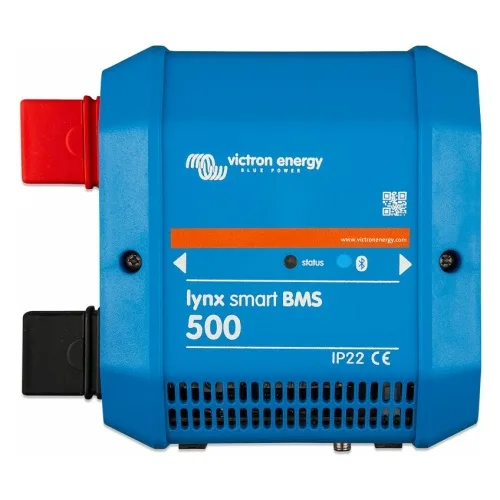
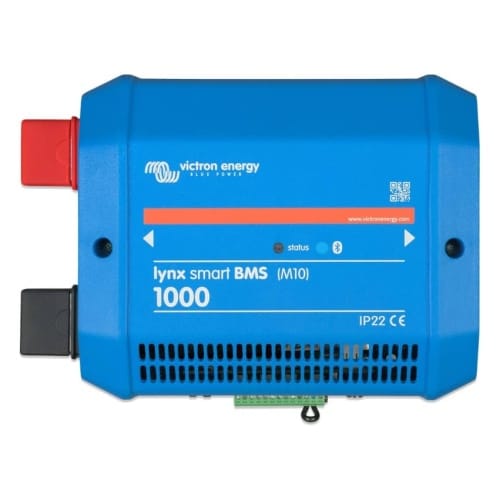
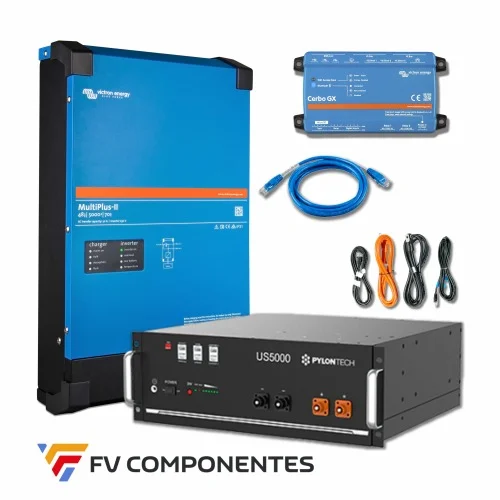
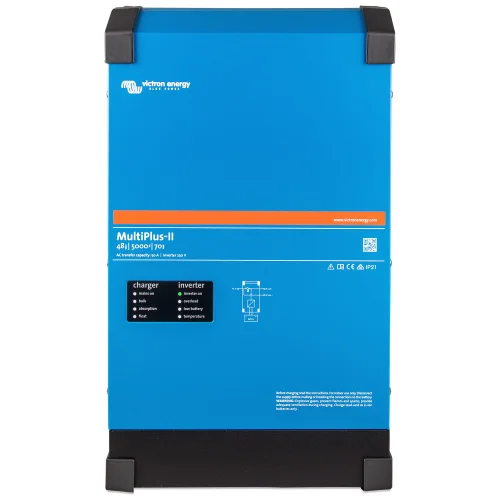
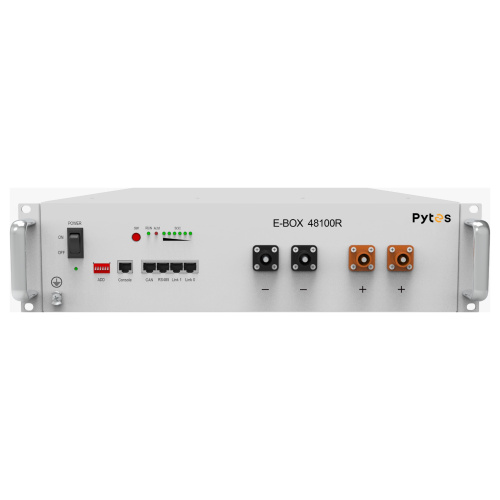

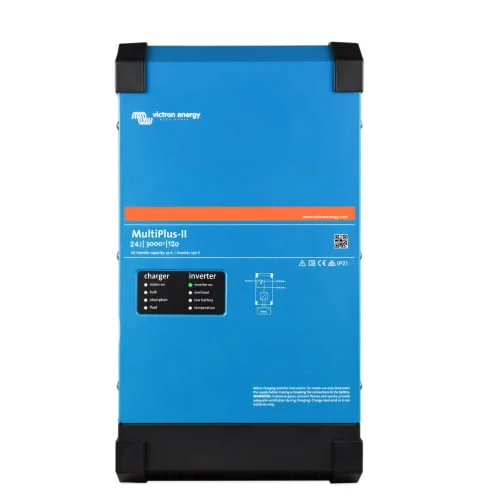
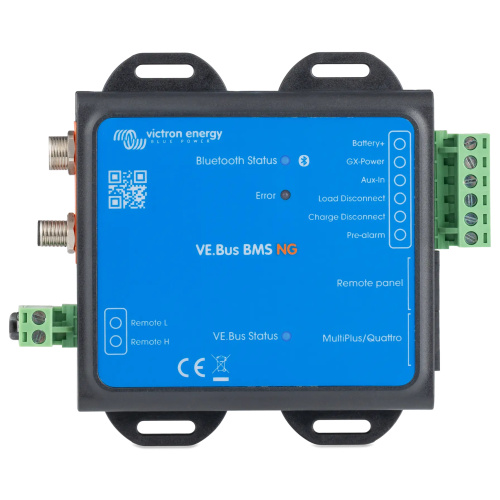
Reviews
There are no reviews yet.